CROW Boots at Orthotics Plus
CROW stands for Charcot Restraint Orthotic Walker.
A CROW boot is a custom-made Orthoses aimed towards controlling the foot/ankle and offloading pressure. It may be helpful to think of it as an intimately fitting, semi removable cast for your foot and ankle which you can walk in.
Orthotics Plus provides assessments and custom CROW boot services at our Melbourne clinics.
CROW boots are typically prescribed to patients living with advanced Diabetes suffering from Charcot foot. Orthotics Plus is experienced in the Orthotic management of Diabetes, as well as taking part in multidisciplinary care.
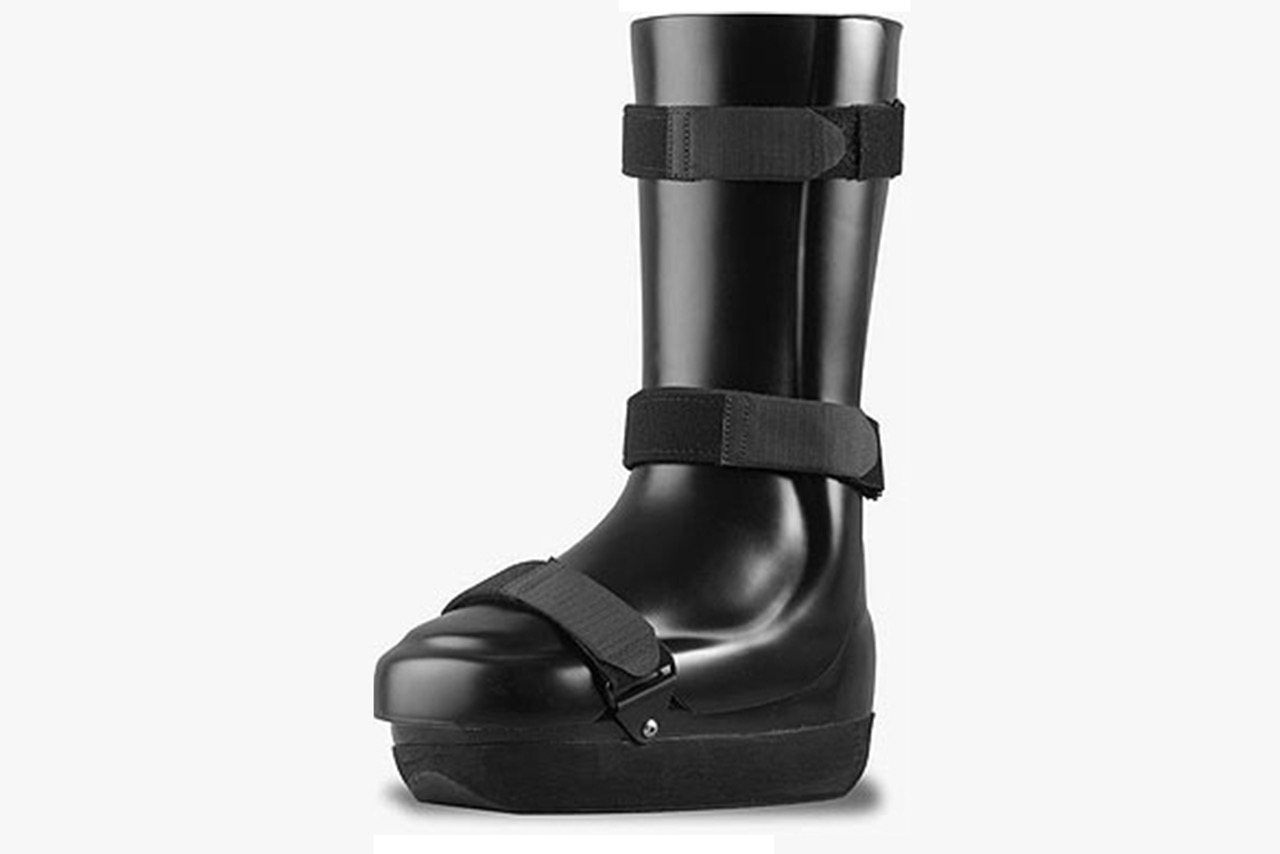
Charcot Foot Explained
Patients with more advanced diabetes may lose sensation in their lower extremities. They may also undergo some metabolic / structural changes in the lower limb. Due to the loss of this protective sensation and weakening of the structures, the bones of the foot may fracture and the shape of the foot may collapse.
This is called Charcot’s foot and it is a severe condition.
Charcot’s foot has been identified at Orthotics Plus when a patient visits and has a foot that is red coloured, swollen, warm to the touch yet not painful for the patient because they cannot feel it.
The management of Charcot Foot is important to our Orthotists, as our service can possibly alter the course of an individual’s life for the better. This is because we can maintain the shape of the patient’s foot, preventing lifelong deformity and pressure issues and even prevent possible amputation.
Initial management will generally be in a total contact cast (TCC) once the Charcot’s foot has settled down to a state which is lower risk (as determined in collaboration with podiatrist/GP/ rheumatologist) transition to a CROW boot will occur.
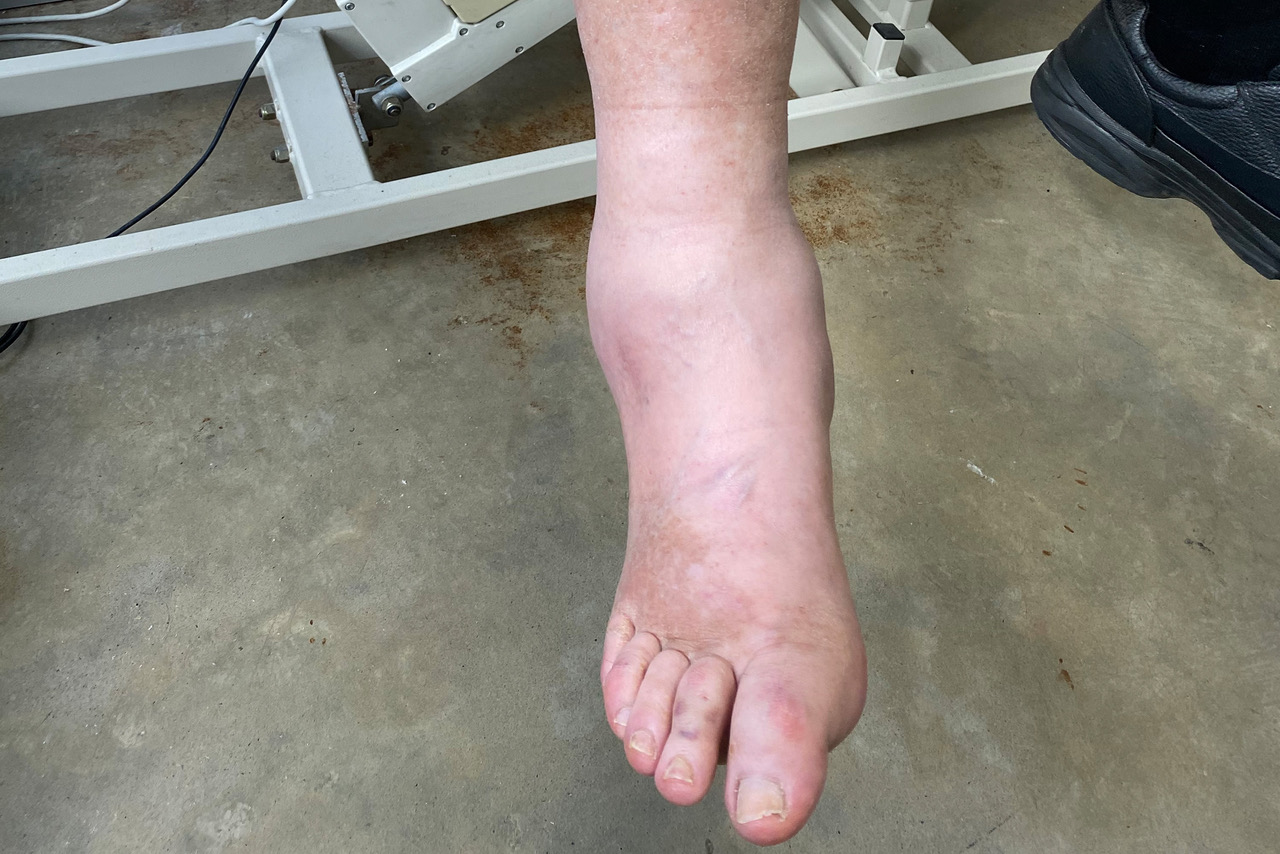
The Stages of Charcot’s Foot
Regular check-ups and behavioural modifications are essential for the patient ongoing as there is a high risk of ulceration/pressure injury occurring going forward.
1 – Fragmentation and Destruction
The cumulative damage results in inflammation and softening of the bones and structures.
The foot will become red, hot and swollen. Joints will degrade and dislocate and the shape of the foot will flatten.
It is important to intervene as early as possible prior to this. Management during this stage will be a total contact cast and the patient will be strictly non-weight bearing.
2 – Coalescence
The foot begins to heal itself and the signals of inflammation will reduce.
The bones will begin to ‘set’ into the position they finish. This is why we must maintain the support of the foot structures and keep the foot in a good posture during the early stages.
Management will be continued use of a TCC and non-weight bearing, with the transition into a CROW considered once markers of inflammation are to an acceptable level.
3 – Reconstruction
The foot heals itself and stays in the position it changed to.
The inflammation will subside. The patient will wear the CROW and be weight bearing during this stage and eventually transition to sensible shoes with pressure relieving foot orthotics if required (most often the case).
CROW Boot Assessments & Fitting
We receive referrals from individuals, GPs and medical professionals throughout Melbourne. Most patients referred to us have already been diagnosed with Charcot foot.
We start with a comprehensive assessment. We would take into account medical information from your other diabetic healthcare team.
Assuming the patient requires acute support, we would fit a total contact cast on the same day.
Once healing has reached an acceptable level we would then manufacture a CROW boot within 5 business days. This is a totally custom product. The CROW boot is worn during the next phases of healing and may be worn for several months.
As the patient heals, they may migrate from a CROW boot to an ergonomic moon boot, then to appropriate footwear and custom foot orthotics. The timeline for this can greatly vary.
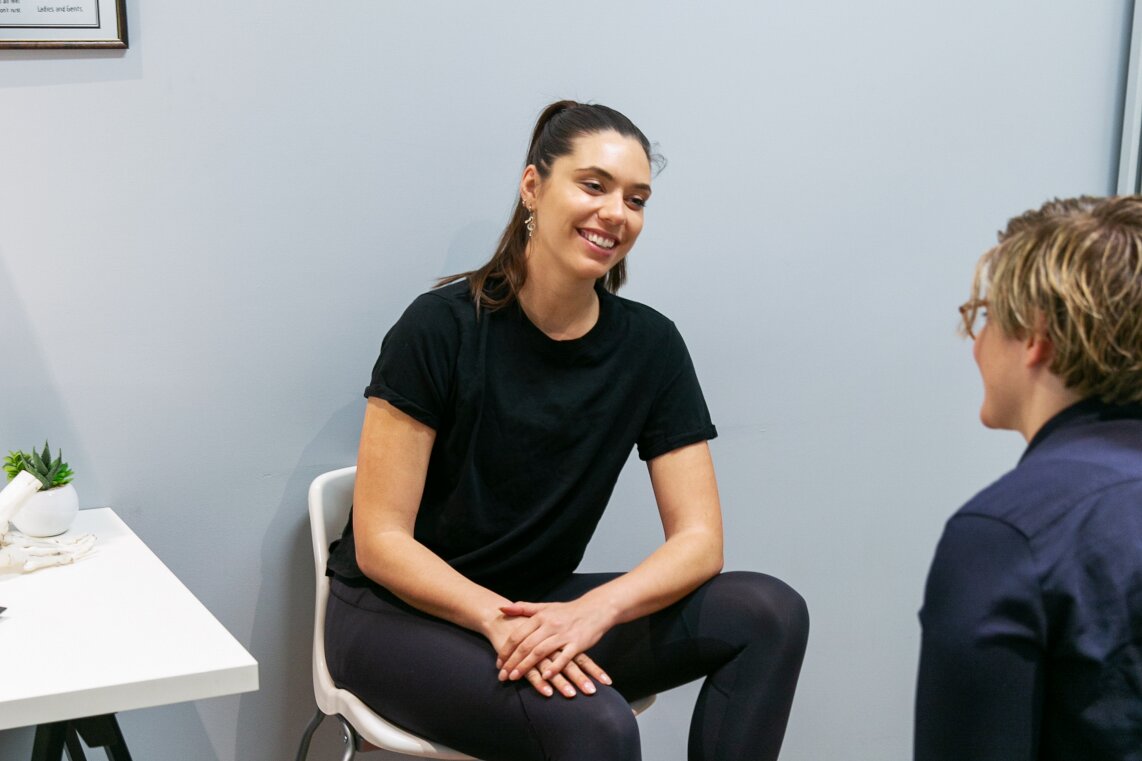
How Does a CROW Boot Work?
The primary objective of a CROW boot is to offload pressure from the foot, while maintaining the structures
A CROW boot provides total contact over the shin, calf, ankle and foot. It is a conservative solution designed to maximise healing as opposed to maximising mobility.
The design consists of two core shells, the back section with a sole in the bottom, and the front which covers the front of the leg. There is padding to increase comfort on the inside, and the outside is very rigid. The two pieces are binded through straps.
A CROW is manufactured by casting the patient in an appropriate foot position to form a mold to base the boot on.
The patient then has a boot that will hold their foot into a locked position. This lowers the risk of re-injury and deformity. A CROW boot may facilitate the healing of diabetic ulcers.
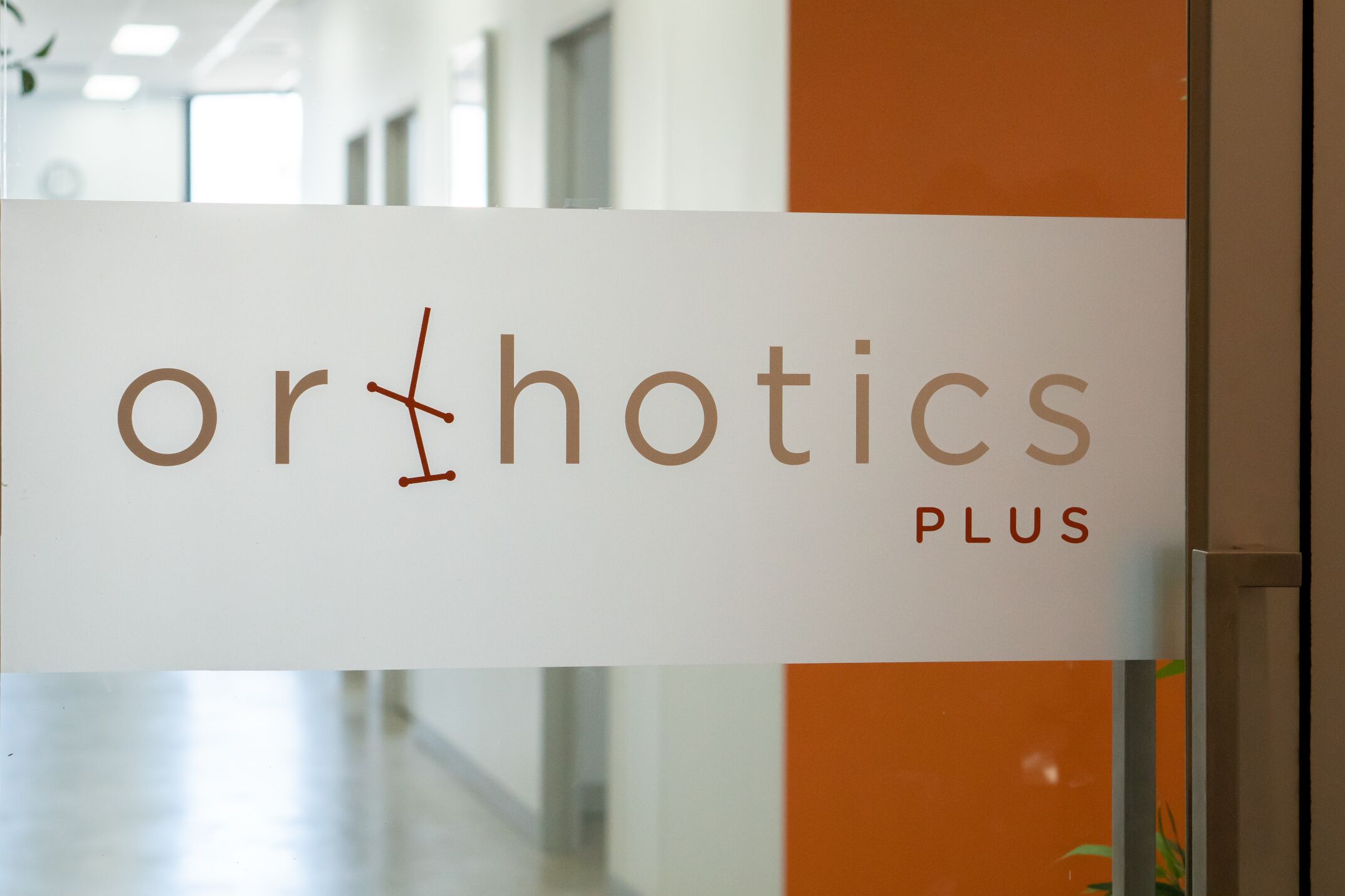
Wearing a CROW Boot Schedule
CROW boots are typically worn for all weight-bearing activities.
They are removed for showering and sleeping.
Please work with your Orthotist to confirm your schedule. Please contact Orthotics Plus if you have any questions.
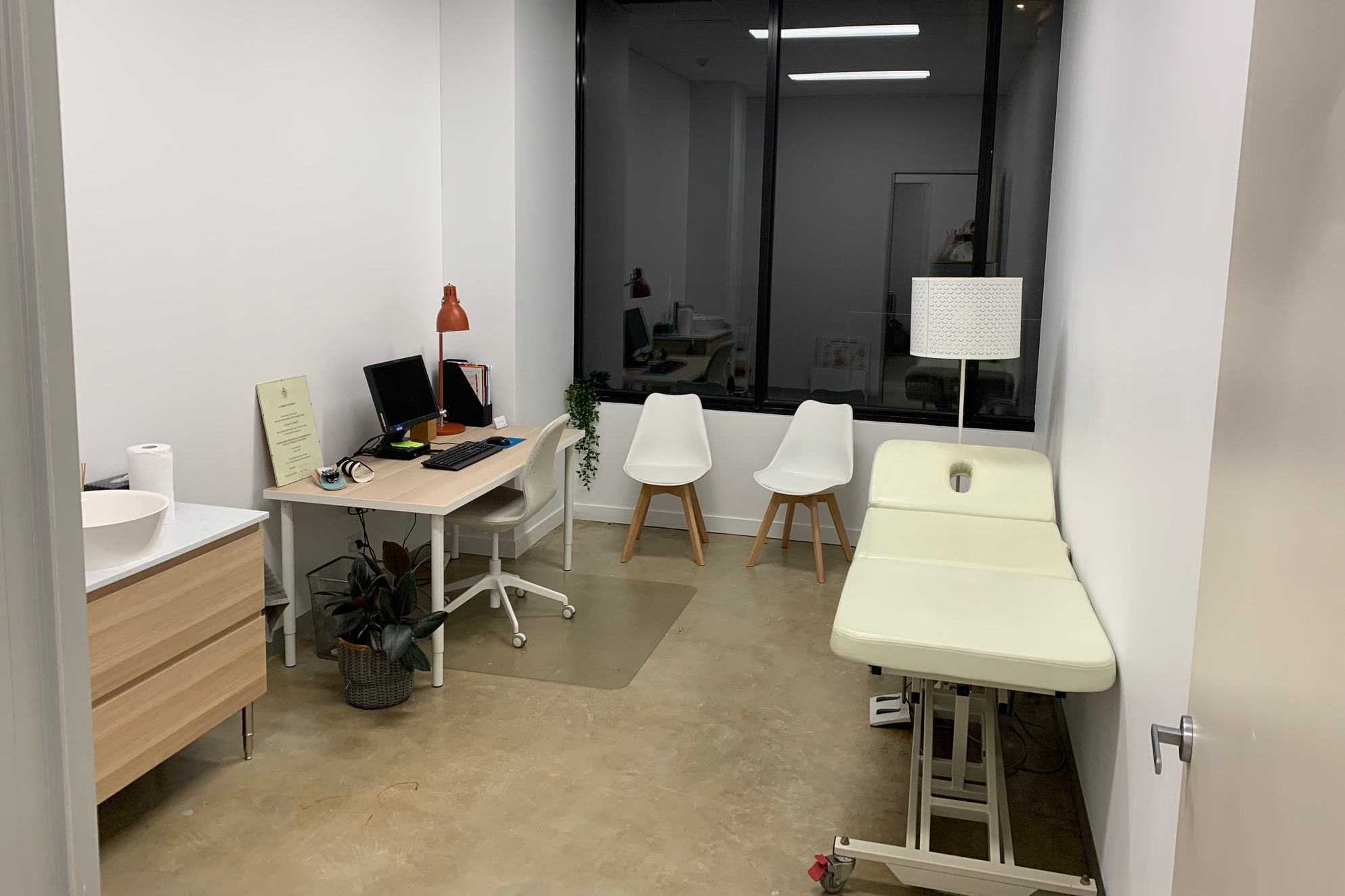
CROW Boot FAQ
This varies greatly.
People using CROW boots could use them for months, to a year to ongoing.
A considerable risk of Charcot foot is the development of what is referred to as a rocker-bottom foot.
This is when their foot appears bony or a very pronounced sole of their foot.
This places people at higher risk of developing an ulcer, which can precede infections to amputation.
As such, we need to control the Charcot deformity as quickly as possible to lower future risks.
At Orthotics Plus, these are always custom-made.
The inside is made out of nylon padding and lining similar to the sole of a supportive running/walking shoe.
The outside layer is typically made out of polymer or a fibre and resin lay-up which offers strength, shock absorption and smoothness to the touch.
These are relatively heavy because they are designed to offer maximum structural support, with most of the weight in the sole.
We estimate the average boot is 1.5 to 3kg in weight and affects gait proportionately.
With that said, a CROW boot will place an ankle in a good position as opposed to an untreated foot.
Your Orthotists will advise the recommended walking time per day, typically this is limited when compared to normal walking levels.
Yes, we believe this is a curable condition.
Charcot foot can also be described as active or dormant.
For example, there are cases where a patient is left with a deformity, however never experiences active symptoms.
This service is quite involved when compared to others.
There would be an initial assessment and casting session.
Reviews (especially in the beginning) would occur frequently, perhaps multiple times per week Patient education is crucial during this period.
This is because Charcot foot is high risk, and we are monitoring our patient closely.